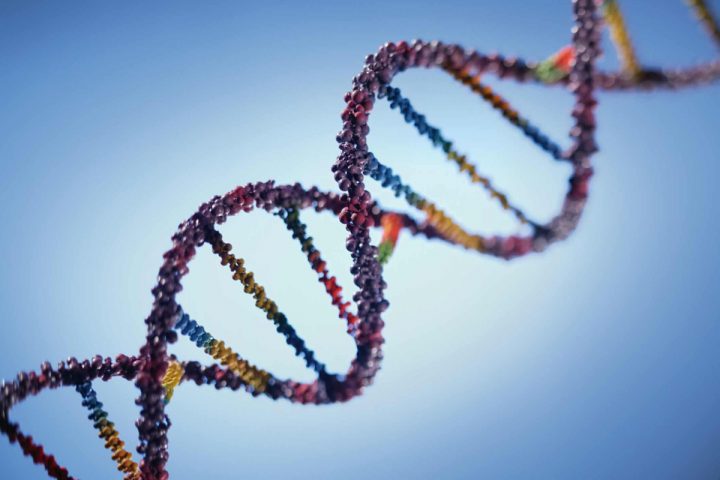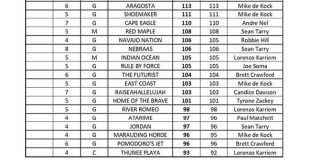Trainers and racegoers will have often wondered what makes one horse faster than another.
Investigations into the equine genome have found some genes that are particularly related to speed. One of these is the myostatin gene, which can have several alleles, or alternative forms.
Myostatin is a protein that influences muscle cell growth and differentiation. Horses have different types of muscle fibers, some of which contract rapidly and produce forceful bursts of energy, and others of which contract somewhat more slowly but do not fatigue as rapidly. Depending on the presence and action of myostatin gene alleles, a particular horse might have more fast-twitch or more slow-twitch muscle fibers, though all horses have some fibers of both types. In the former case, the horse will generally exhibit larger muscle masses, be taller and quicker-maturing, and excel at fast paces over a shorter distance. These horses have the C:C allele. In the latter case, horses with the T:T allele will generally reach maturity later, be smaller, show less muscle definition, and be competitive at longer distances.
Horses can also inherit the C allele from one parent and the T allele from another. These C:T horses show characteristics of both types, and may win at both short and long distances…or they may not win at all, which underscores the fact that there is more to racing than pedigree.
A study done at the beginning of this decade using 593 horses from 22 Eurasian and North-American horse populations, museum specimens from 12 historically important Thoroughbred stallions, 330 elite-performing modern Thoroughbreds and 42 samples from three other equid species showed the T-allele was ancestral and there was a single introduction of the C-allele at the foundation stages of the Thoroughbred from a British-native mare. Furthermore, it showed that the C-allele was rare among the celebrated racehorses of the 18th and 19th centuries, but has proliferated recently in the population via the stallion Nearctic (b.1954), the sire of the most influential stallion of modern times, Northern Dancer (b.1961).
Nutrition, training schedule, influence of exercise riders and jockeys, farrier competence, prevention or management of injuries, health status, track surface characteristics, weather, race experience, tack choices, and quality of other entrants are all important factors in how a horse will perform in a race. Genetics can help predict whether a horse is likely to be a sprinter or a stayer, but there are still no guarantees that any horse will succeed in a racing career.
Source www.nature.com and www.ker.com
By David Thiselton








